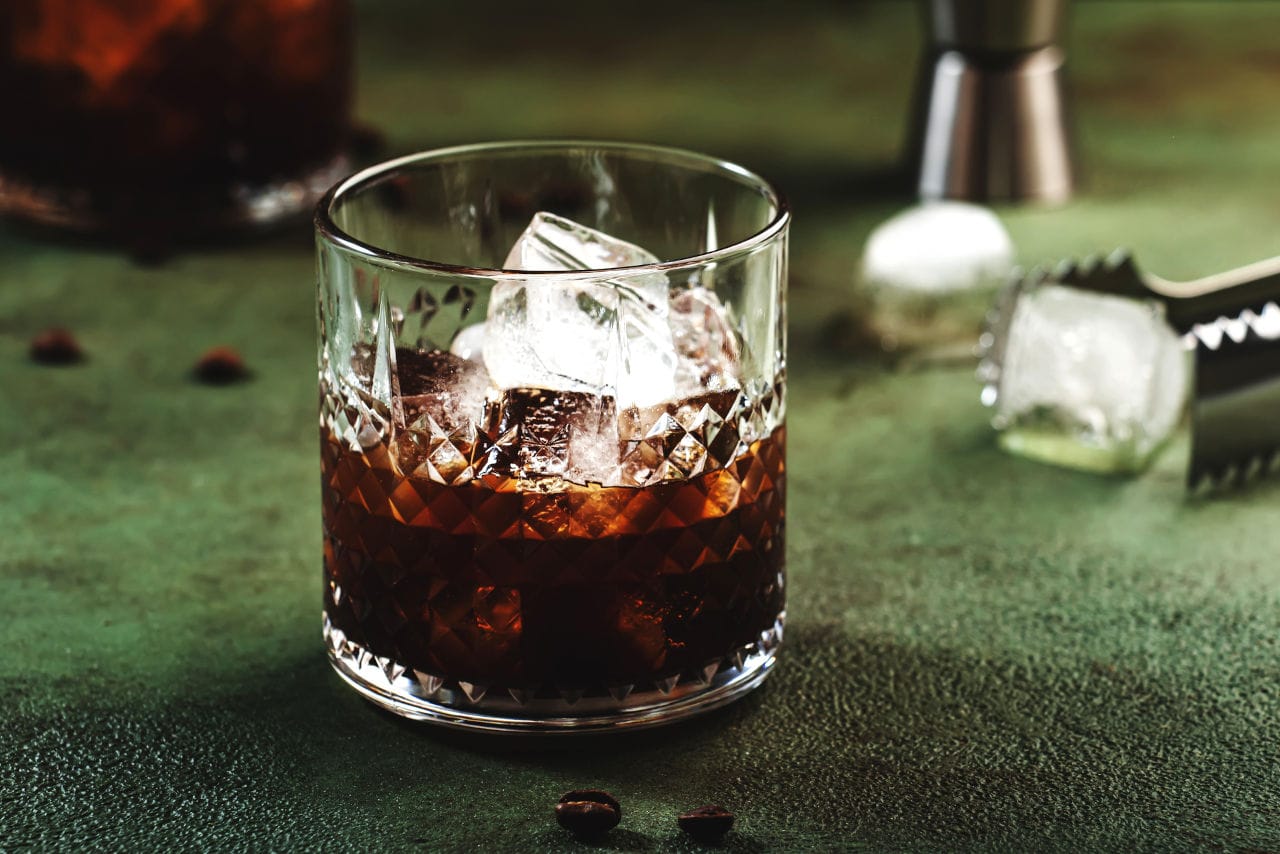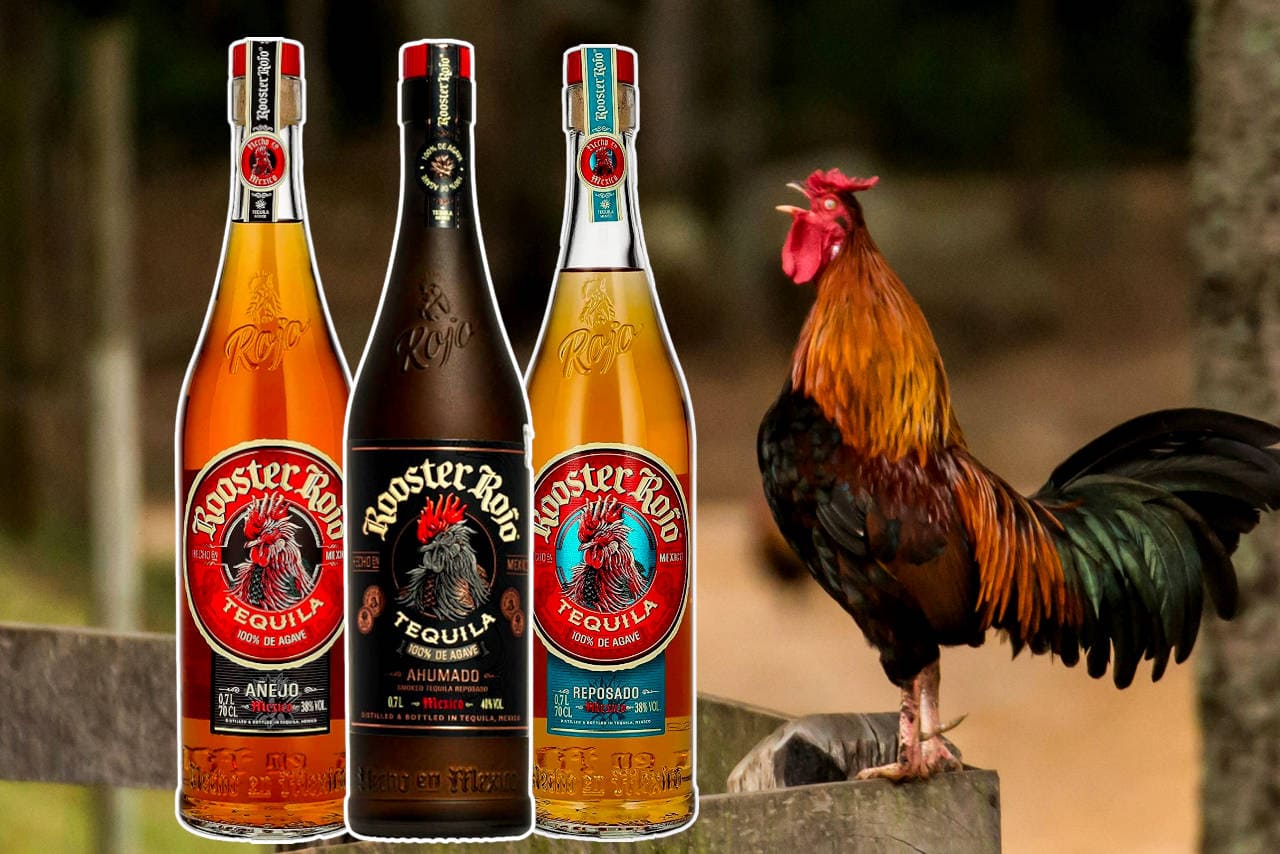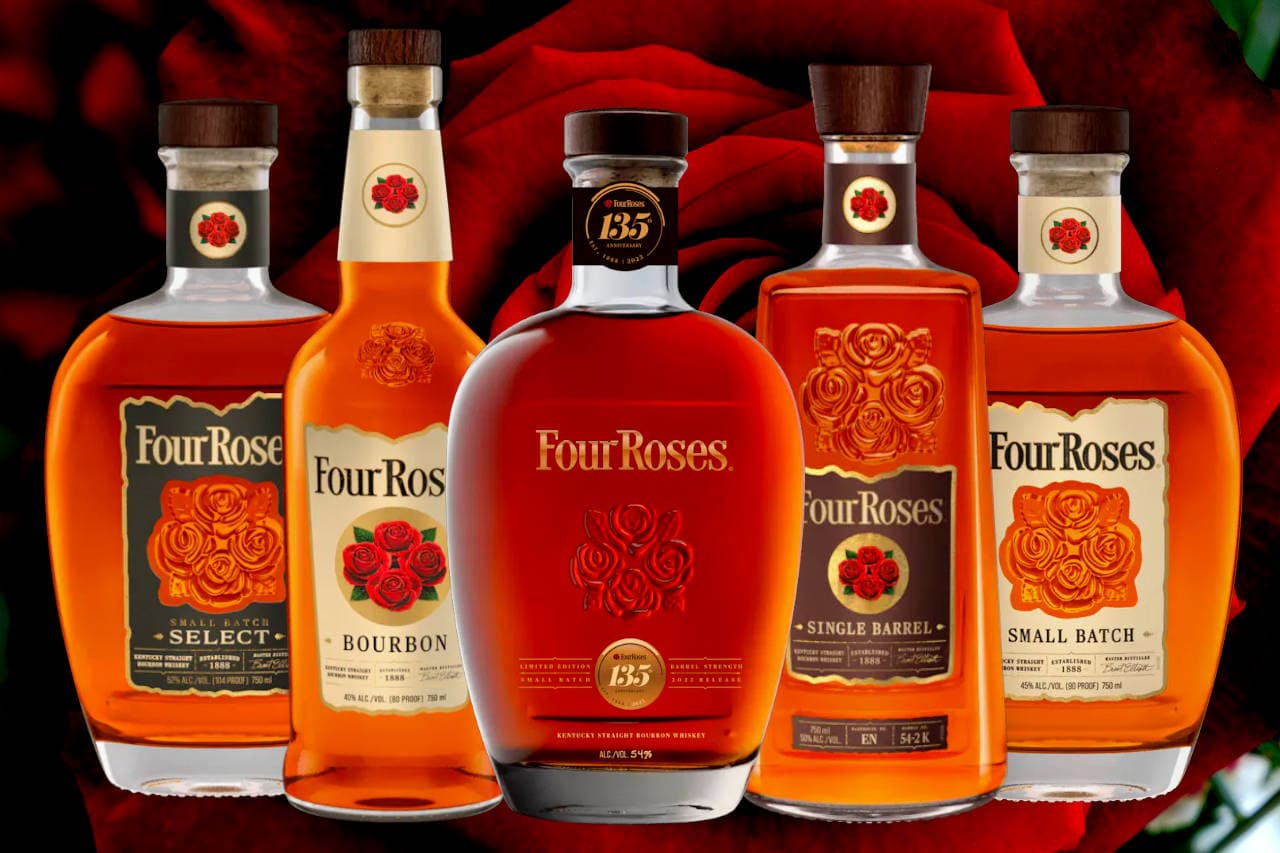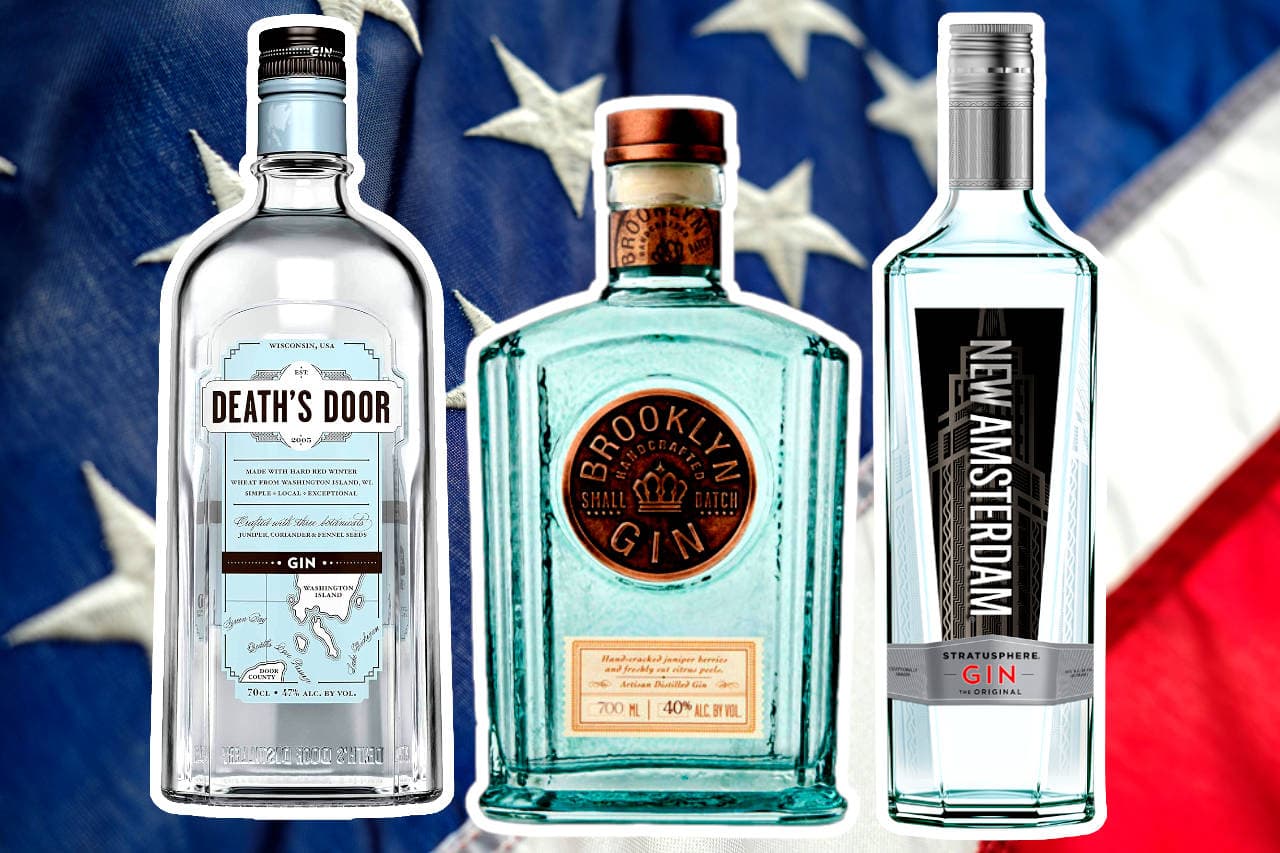The history of Cognac is a tale like none other. From the vineyards of South-West France to the ships of Dutch traders and beautiful glass bottles, this spirit’s past is truly unique. So, how did Cognac become the luxury brandy we know and love?
This French brandy originated in the Charente region of France, dating back to the 16th century. Because this region’s wines could not survive long voyages, Dutch traders distilled them into brandy. Later centuries saw the commercialisation and regulation of Cognac into a luxury product.

A Complete History Of Cognac
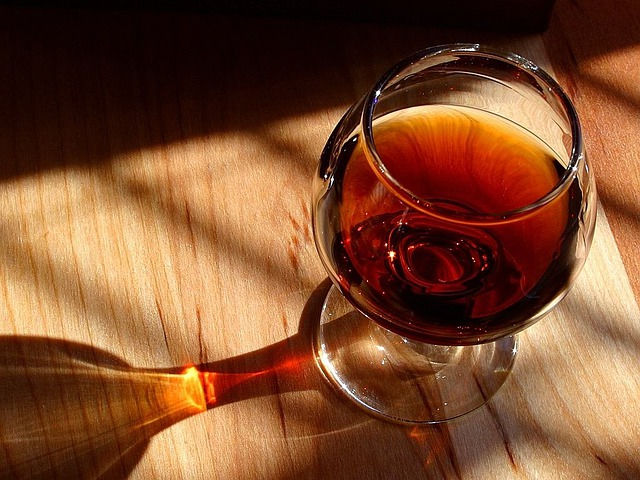
Now that we know a little of Cognac’s past let’s discover the captivating history of Cognac, century by century. From ancient Dutch ships to modern-day rap artists (and everything in between), I have left no stone unturned in my research to ensure you will look at this historic beverage in a new light.
0-1499 AD

While nobody was making Cognac before the 16th century, the French region of Charente and the city of Cognac were nevertheless busy places. Its inhabitants have been farming grapes and producing excellent wine since the 3rd century, in Roman times.
In the 12th century, the Duke of Guyenne and Count of Poitiers, Guillaume X, created a vast vineyard – the Vignoble de Poitou. This vineyard empire really put the region of Cognac on the wine production map.
Because of the city’s prime location in South-West France, Dutch merchants began to store their salt there. Historically, salt wasn’t just a tasty condiment, it was vital for food preservation hence it was costly. So, these massive stockpiles of salt brought loads of wealth and fame to Charente.
However, unlike France, the Netherlands couldn’t grow wine. So, its merchants started to trade their salt for French wine. And because the city of Cognac was already a hotspot for the salt trade, these Dutch traders began to import wine from the nearby Vignoble de Poitou.
This new influx of business encouraged the city of Cognac to expand its vineyards into neighbouring regions. Unfortunately, this increase in quantity didn’t translate to quality.
1500-1599 AD

Cognac, as we know it today, began in the 16th century. To combat the risk of wine spoiling on long voyages, the Dutch distilled it into eau-de-vie – a colourless fruit liqueur brandy.
This single distilled eau-de-vie was a hardier drink, and it could survive long voyages without spoiling due to its higher alcohol content, but it did not taste great. The people found that they could add water to it and replicate the taste of the original wine.
Nowadays, producers don’t make eau-de-vie from grapes unless it is for making Cognac (due to strict regulations). Modern eau-de-vie usually comes from other fruit, like pears or cherries.
1600-1699 AD
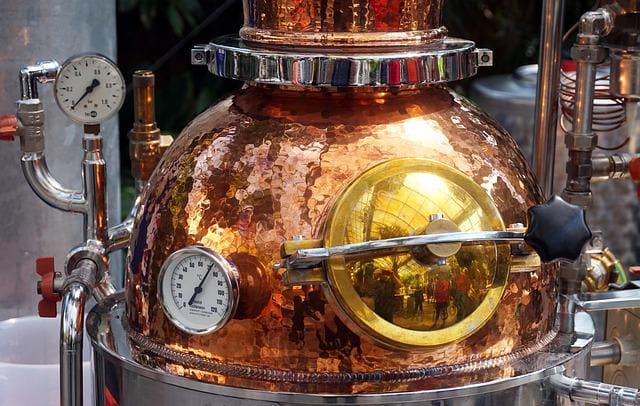
As the early single distilled grape eau-de-vie was not too pleasant, the Dutch traders fixed this problem with a second distillation, creating smooth and rich alcohol that kept the flavour of the original wine without sacrificing ease of drinking.
The distillers would name their new product ‘cognac,’ after the city in which they made it. Unsurprisingly, this elegant alcohol was an immediate hit in France, the Netherlands, and beyond.
Although double distillation was a Dutch invention, the French would master it. They refined this process into Charentese distillation – the process by which they still make Cognac today.
At the same time, the brandy industry kept growing. Not only was eau-de-vie popular despite its flaws, but it was also far cheaper to transport than wine.
Because of that, the Dutch and French were shipping incredible amounts of brandy. Cognac would often sit in oak casks for months before traders could load it onto a ship. Fortunately, that was a good thing as oak-aged brandy has a rich and complex taste.
Along with double distillation, this ageing process made brandy into a beverage that people could drink neat.
1700-1799 AD

During the 18th century, cognac producers started to organise. This era is when we see the founding of the famous cognac houses – companies that still produce excellent brandy.
First was Martell in 1715, followed by Remy Martin Cognacs (pictured above) only a decade later. These houses didn’t work alone, though. Instead, they closely collaborated with vineyards and eau-de-vie brewers in the Charente region.
Likewise, because of Cognac’s popularity in Britain, many British companies involved themselves in production. They started local offices in several French towns to manage the supply of cognac ingredients and the exportation of the final product.
1800-1899 AD
However, as with any popular industry, smuggling and counterfeit became a significant issue for the cognac business. The cognac houses started selling their products in fancy glass bottles to fight against unscrupulous players.
Each house could make a unique bottle that they corked and trademarked. So, nobody else could copy these designs, letting buyers easily spot fake Cognac.
At the same time, the Vignoble de Poitou vineyards would expand dramatically. At the start of the 1870s, they occupied an astonishing 280,000 hectares!
Tragically, disaster struck in 1875. Phylloxera, an aphid species that attacks vine roots, broke out in the Charente region. It nearly wiped out the entire cognac industry, reducing the vineyards to only 40,000 hectares.
It would take cognac decades to recover. However, as part of France’s effort to rebuild the region’s economy, they established the Viticulture Committee.
That was an important organisation that rebuilt the devasted cognac vineyards by grafting the ruined vines onto healthy American rootstock. Now known as the Station Viticole, the organisation continues to research viticulture and ensure environmentally safe production.
1900-1999 AD
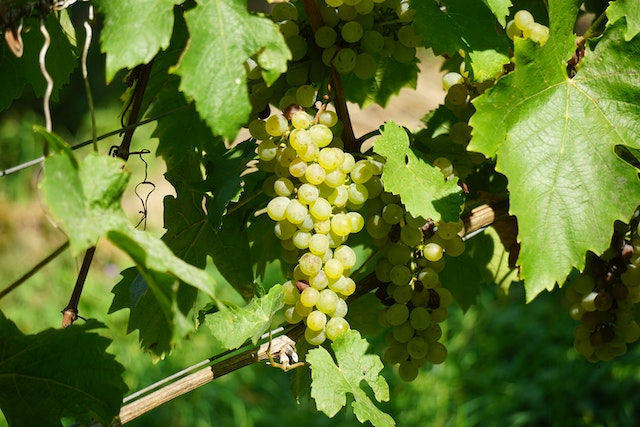
The 20th century saw the implementation of the Ugni Blanc (pictured above), a grapevine far more robust and resistant to aphids than its predecessors. Today, over 90% of Cognac comes from this single cultivar.
Not only that, but the 1900s also saw increased government control in the industry. In 1909, France delimited the areas reserved for cognac production, creating the labels we know today – Grand Champagne, Petit Champagne, etc. (see my article on the history of Champagne)
Furthermore, in 1936, Cognac became a Controlled Appellation of Origin, meaning that only brandy originating in this region could be called Cognac. Again, this prevented counterfeiting and preserved this product’s unique history.
Although the industry took a hit during WW2, this conflict nevertheless resulted in the government mandating the Bureau National Interprofessionnel du Cognac. Alongside the Station Viticole, these organisations regulate Cognac’s quality.
Even though European and American cognac sales slumped in the second half of the 20th century, the industry kept evolving. Cognac took off in the Far East, particularly in Japan.
2000- Modern Day

Today, Cognac remains a symbol of French culture – and all the luxuries that come along with it. Even though French people, like other Europeans, seem to prefer whiskey to Cognac, the drink has nevertheless retained its international popularity.
Since 2001, Cognac has also become a staple of the entertainment industry. Rap artists love it, and their promotion has introduced Cognac to the younger generations. Hennessy Cognac (pictured above) is in particular demand by the next generation of drinks lovers.
Now we can find Cognac in cocktails, mixed with soda water or ginger ale, and of course, still enjoyed neat by millions of people.
The skies aren’t completely blue, however. Like other luxury products, Cognac’s survival relies on its houses keeping their standards high and their product unique. As long as Cognac stays special, it will remain successful.

Understanding Cognac Age Lettering
It’s worth understanding the simple lettering system that displays the age of the cognac;
| Label | Meaning | Detail |
|---|---|---|
| V.S | Very Special | The youngest eau-de-vie is aged for a minimum of 2 years |
| V.S.O.P | Very Special Old Pale | The youngest eau-de-vie is aged for a minimum of 4 years |
| X.O | Extra Old | The youngest eau-de-vie is aged for a minimum of 10 years. |
| X.X.O | Extra, Extra Old | The youngest eau-de-vie is aged for a minimum of 14 years |
Conclusion
To conclude, much like Armagnac brandy that must be made in the Armagnac region of southwest France and aged in oak barrels, Cognac is a region-specific French brandy that must be barrel-aged.
Cognac has had a long and fascinating history. From its origins as a method of preserving wine to its current day luxury status, Cognac’s past is nearly as captivating as its taste. Without ingenuity, competition, and innovation, we would not have the deep and complex drink we enjoy today.
Thirsty for more drinks history (pun intended)? then you may want to check out my A Complete History Of Tequila article.

References
https://about-france.com/regions/poitou-charente.htm
https://en.wikipedia.org/wiki/Duke_of_Aquitaine
https://www.brandyclassics.com/news/2010/09/how-to-make-armagnac-early-recognition/
https://www.martell.com/en-us/the-house/
https://www.bordeaux.com/gb/Our-Terroir/Grape-varieties/Ugni-Blanc
https://www.cognac.com/blog/rappers-cognac/
Recommended Book: The World of Cognac by Michelle Brachet

Further Reading
Below are some additional articles from The Drinks Geek blog. We write articles on several fascinating areas of drinks, including different brands, drink types, cocktail recipes and more.




